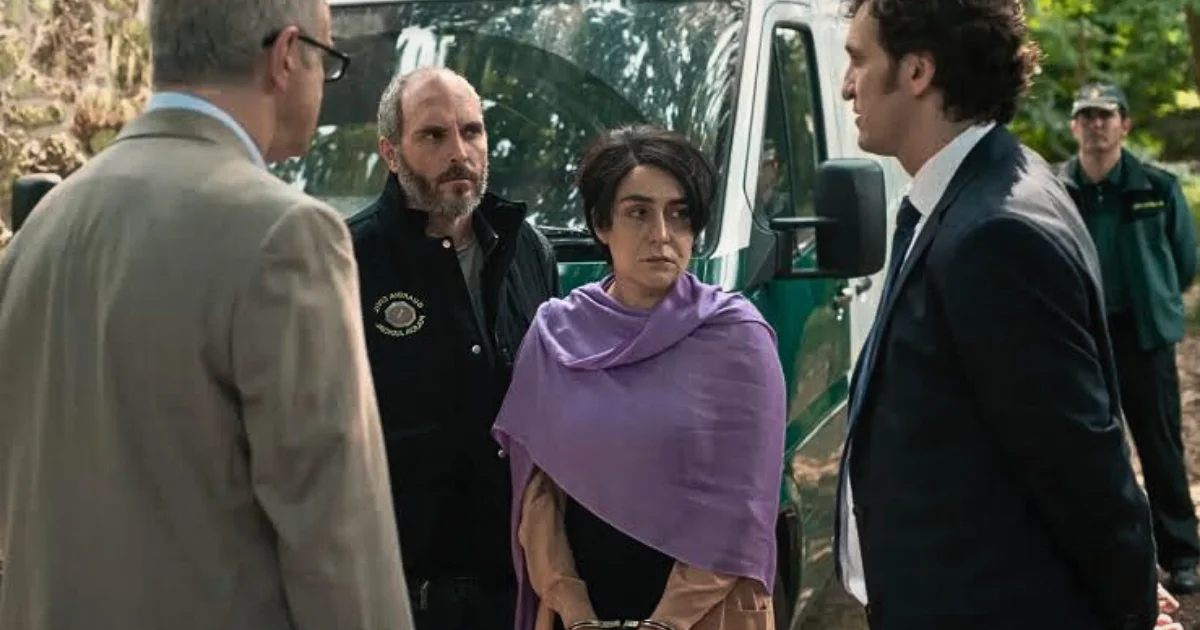The Asunta Case Series Timeline Explained In Detail: A Look Back at a Shocking Tragedy
The Asunta case, also known as the “Caso Asunta,” gripped Spain and the world with its complex web of intrigue, suspicion, and ultimately, a devastating loss. The case centered around the mysterious death of nine-year-old Asunta Yong Fang in 2013. What began as a seemingly straightforward investigation into a missing child unraveled into a story of a dysfunctional family, conflicting narratives, and a shocking truth. This blog delves into the timeline of the Asunta case, exploring the key events that led to the tragedy.
What Happened To Asunta?
On September 2nd, 2013, Asunta Yong Fang, a vibrant and intelligent nine-year-old girl, was reported missing in Santiago de Compostela, Spain. Her adoptive parents, Rosario Porto and Alfonso Basterra, along with Rosario’s former partner, Marta Montoliu, expressed their concern and desperation in finding Asunta. However, the search took a tragic turn when Asunta’s body was found days later in a wooded area, raising a multitude of questions about her final moments.
Early Beginnings
Asunta’s story began in China, where she was born in 2004. Due to challenging circumstances, she was adopted by Rosario Porto and Alfonso Basterra, a Spanish couple, in 2007. The couple already had a biological son, Diego, and Asunta’s arrival brought a sense of hope and joy to their family.

Struggles And Secrets
Despite the initial happiness, cracks began to appear in the family’s facade. Reports emerged of financial difficulties, Rosario’s alleged mental health struggles, and a growing distance between the couple. Furthermore, rumors swirled about a strained relationship between Asunta and her adoptive parents, with some suggesting a lack of emotional connection.
A Rift In The Marriage
In 2010, Rosario and Alfonso separated, further disrupting the family dynamic. Asunta reportedly spent time with both parents and Marta Montoliu, Rosario’s former partner. This complex entanglement added another layer of confusion to the unfolding events.
Suspicious Incidents
In the months leading up to Asunta’s disappearance, several suspicious incidents raised concerns. There were reports of financial irregularities involving Asunta’s bank accounts, and some accounts suggest the presence of prescription drugs in her system. These unexplained events fueled speculation about potential foul play.
The Trial And Verdict
Following a lengthy investigation, Rosario Porto, Alfonso Basterra, and Marta Montoliu were all arrested on suspicion of involvement in Asunta’s death. The highly publicized trial became a media spectacle, with conflicting testimonies and theories presented. Ultimately, in 2015, Rosario and Alfonso were found guilty of murder and sentenced to lengthy prison terms. Marta Montoliu was acquitted due to lack of evidence.
Reflections On A Tragedy
The Asunta case left a deep scar on Spanish society. It sparked discussions about adoption practices, family dynamics, and the complexities of mental health. The unanswered questions surrounding the case continue to linger, leaving a sense of unease and a desire for a more complete understanding of what truly transpired.
Netflix Ripley Season 1 Ending Explained | Why is Ripley in Black and White?
Key Takeaways
- The Asunta case is a complex story of a dysfunctional family, suspicious incidents, and a tragic outcome.
- The investigation revealed financial difficulties, marital discord, and a strained relationship between Asunta and her adoptive parents.
- The trial resulted in the conviction of Rosario Porto and Alfonso Basterra, while Marta Montoliu was acquitted.
- The case continues to raise questions about adoption practices, mental health, and the complexities of family dynamics.
Looking Forward
The Asunta case serves as a stark reminder of the vulnerabilities within families and the importance of open communication and support. While the legal aspects of the case may be settled, the emotional impact continues to reverberate. The memory of Asunta serves as a call for vigilance and a commitment to ensuring the safety and well-being of children.
Note: This blog post is intended to provide a general overview of the Asunta case. For a more in-depth exploration, further research into news articles, documentaries, and court documents may be necessary.
